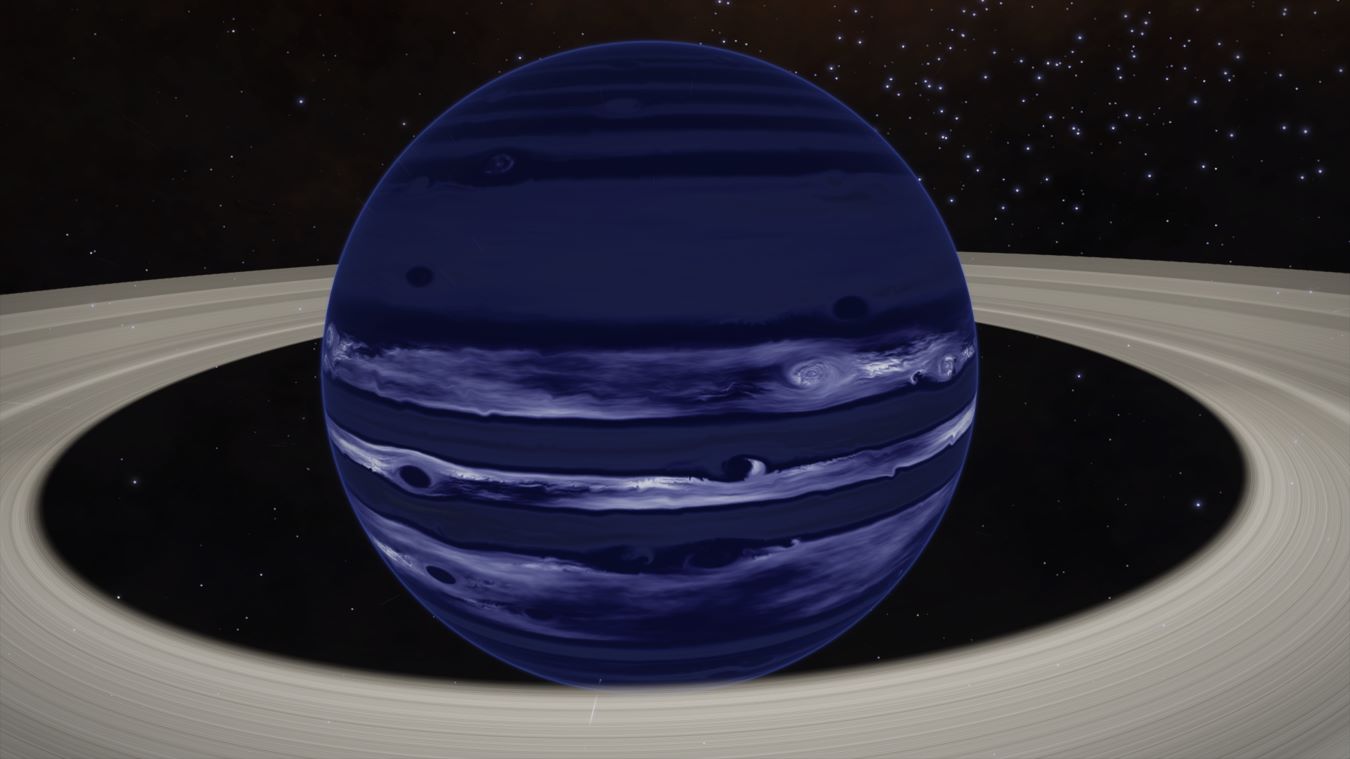Hi, All
Did some galactic mapping using data from EDAstro and EDSM (GIS Major, so I was curious to see if there was a large-scale distribution of helium content).
Found a pretty interesting pattern that confirmed my suspicions -- HRGGs are almost overwhelmingly found in the central parts of galactic arms, and are entirely absent from the galactic core (as you pointed out). Seems to be related to regions with high star formation, but I'm not an astronomy expert so I can't say much about populations.
Attached is a nice overlay map I've made of the average % Helium in a given 250-Ly square.
Using this data, I traveled around the Orion-Cygnus Arm just west of Colonia. Found a boxel (Leamoi FC-J D10) with a fairly high %He by looking at a nearby HRGG discovered by another CMDR. Profanity filter is preventing me from giving their name

Anyways, I scanned all 185 d-mass systems, yielding a total of ~330 HRGGs. Interesting.
I'm on my way to mapping the boundary between the core and regions hospitable to HRGGs, on the northern side of the Empyrean Straits.
As for prediction, it doesn't seem like there is much correlation between the actual mass code (xx-x a/b/c/d/etc.) and distribution, other than that HRGGs are far more likely to be found around F-Class stars in D-mass systems. My intuition is to say that it is random; there seems to be a good range of letter combinations within the data. This might not be an artifact of sampling, either, which is interesting -- most scanned stars in EDSM are lower-mass G- and M-Class stars. However, most CMDRs filter out non-main sequence stars, and I know I've filtered everything but F and G to boost my ELW chances, so it's entirely likely that the HRGGs found by chance are only due to sampling bias. Looking at the Leamoi FC-J area, again F-Class are more likely to hold an HRGG, but I'll have to wait until the middle of the month for data from EDAstro to update before I try to make any sort of statistical analysis.
Hopefully my methodology is up to par, but please let me know if there are any glaring flaws in the way I'm looking at this.
I'm new to the forums, so forgive my formating! I've been following this thread for a while now and wanted to offer some contributions. I'm currently working on a model of the %He for a given boxel, but it's a
ton of data so it may be some time before I find anything meaningful.
Cheers and o7
CMDR Frescher











